Opinion | Odisha Train Tragedy: Worst Railway Collision Disaster in the History of Independent India
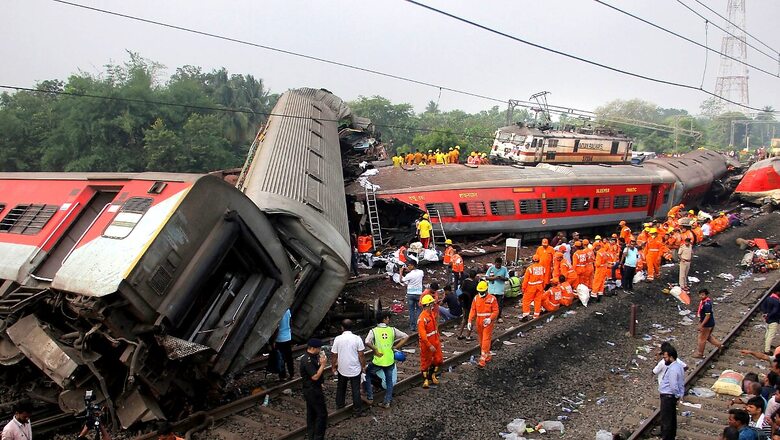
views
To the best of my knowledge, never before in the history of Indian Railways (IR), a triple collision of trains happened in which, within minutes, three trains (two super-fast express and one goods train) derailed and collided with each other with catastrophic consequences.
The Collision
The train disaster that struck the nation on Friday, June 2, is amongst the deadliest ever. And the story of what truly happened is muddled. There are already many different versions. Here goes –
Version 1
The Coromandel Shalimar Express, heading to Chennai, reportedly derailed and hit a goods train, after which many coaches flipped over. Thereafter, Yesvantpur-Howrah Superfast collided with the derailed coaches. Both trains were moving at high speeds when the collisions took place.
Version 2
As per this version, it was the Bangalore Howrah Superfast that got derailed and hit wagons of goods train first and to this conundrum, the Coromandel Express collided with humungous consequences.
Irrespective of which version one goes by, as reported by officials, media and witnesses, the monumental tragedy took place in a matter of minutes, between 6.50 pm and 7.10 pm and it shook the nation.
What truly happened, including the true sequence of events and whose failure it was (men, machine or god), may likely remain a black box forever but the collateral damage of the accident has been monumental and consequences humungous.
The Collateral Damage
What an aftermath — capsized and mangled coaches strewn all over, bogies gone turtles, hundreds of limbless human bodies thrown here and there and nearly a thousand crying to be alive. The initial official death toll was four dozen last night, which rose to 238 in the morning. And given the type, time, and venue of the accident and the grievous injuries to passengers, the casualties will go up fast. Reuters’ number of dead already stands at around 300.
The Worst Ever
To the best of my remembrance, the worst railway accident since independence happened on June 6, 1981, in my native place Bihar where a full train while crossing a bridge fell into the river Bagmati, killing over 750 people. No one knows why this accident happened. The enquiry did not reveal a cause beyond “possibly flash flooding.”
I have no compunction in saying that-
One, given the grievous injury to hundreds of passengers, by the end of the day or by tomorrow, the Balasore accident will acquire the dubious distinction of becoming the worst-ever train collision accident in the history of Indian Railways, surpassing the previous worst collision accident of August 20, 1995, when, in a collision of Purushottam Express with the stationary Kalindi Express near Firozabad, more than 300 people died.
Two, in IR systems, which has been trying to run a 21st-century system, with 20th-century plant and machinery and 19th-century manpower, a railway accident is always waiting to happen. On Thursday, January 13, 2022, within days of becoming minister, bureaucrat-turned-entrepreneur-turned-Railway Minister Ashwini Vaishnaw had a first brush with the railway accident when 12 coaches of the Guwahati-bound Bikaner-Guwahati Express (15633) derailed, with some coaches telescoped into each other. The minister was fortunate that despite a severe accident, only nine people died and 50 were injured. What caused the accident- there was a difference in the initial official version (technical failure in loco) and the version of CRS enquiry report (poor maintenance of loco).
The above should have been a reality check, a wake-up call for the Minister of Railways that the stewardship of Indian Railways is a crown of thorns. Given the fact that traditionally, safety in IR has been no one’s baby, an accident is always tantalisingly close.
Three, after the tragic three-way collision of three trains last night, condolences have poured from across the world. Money value has been put on the head of the dead and severely injured. Rs 10 lakhs ex-gratia to kin of dead, Rs 2 lakh to severely injured and Rs 50,000 to those with a minor injury. The kin of the deceased will also get an additional Rs 2 lakh ex-gratia from the Prime Minister’s National Relief Fund.
Four, like other consequential train accidents where the loss of human life happens, a high-level statutory inquiry by the Commissioner of Rail Safety shall enquire into the causes of the accident. Given the place, nature and time of the accident and having analysed the CRS report of many past accidents, I humbly posit the chances are that nothing concrete will emerge from the enquiry and life will be back to normal till the next accident happens.
A Disaster Waiting to Happen
After a flurry of accidents in 2017 that led to the resignation of Suresh Prabhu from the post of Railway Minister, Indian Railways saw a period relatively free from accidents. But the period of lull included the period of Covid-19, which saw a substantially low number of people travelling.
Notwithstanding the above, the number of accidents and incidents on the Indian Railways system where railway passengers, railways staff and railways trespassers continue to lose limbs and life is long and growing. Before moving further, I quote from the report of the High-Powered Committee on Railway Safety, headed by noted scientist Dr Anil Kakodkar. It says- “About 1600 railway staff were killed and 8700 injured while working from 2007-08 to October 2011 which is substantially more than 1019 deaths and 2118 injuries in train accidents for the period from 2007-08 to 2010-11. It is to be noted that casualties in train accidents include a large chunk of 723 deaths and 690 injuries due to unmanned level crossing accidents attributed to the negligence of road users.”
Having witnessed the working of the Indian Railways system for four decades (both as outsider-insider and insider-outsider), I humbly posit that safety, traditionally, has been no one’s baby in IR. Ever since independence, IR has constituted several committees to improve safety, but the recommendations of most committees have remained largely unimplemented. And the roll call of such committees is long- Kunzru Committee (1962), Wanchoo Committee (1968), Sikri Committee (1978), Khanna Committee (1998) and the most recent being Dr Anil Kakodkar Committee (2012).
Why Accidents?
Maintenance and Operations in IR is the responsibility of various departments and ideally speaking, so should be safety. But for long, the safety function and safety department has been part of no man’s land in the IR. The safety department merely acts as a catalyst and each executive department responsible for running trains must own the task of monitoring safety. Thus, everyone is responsible for safety on the IR. And when everyone is responsible, no one is responsible. In the early days, when the safety wing was filled by the officers from the transportation wing, the worst of traffic officers were allocated to it. Today, it is the worst of all departments which land there. The question “Why accidents?” is best answered by a few words of the High-Powered Committee on Safety (De Anil Kakodkar Committee) finding which says- “Present environment on Indian Railways reveals a grim picture of inadequate performance largely due to poor infrastructure and resources and lack of empowerment at the functional level.”
Why Balasore Accident?
Though an accident of this nature will be eventually inquired about by the Commissioner of Railway Safety, there is a famous saying about what happens in a preliminary inquiry committee set up to investigate a railway accident. The golden rule is an officer of a department looks at fault in assets of other departments and all major departments finally look at the minor department failure- signal. And true to words, the initial needle of suspicion on last night’s accident is on the malfunctioning of the signal and the absence of kavach.
The Story That Emerges
“Four tracks, three trains, horrific three-way collision and disaster in few minutes. Two superfast passenger trains at high speed had an active involvement in the accident while the third train, a goods train, which was parked at the site, also got (involved) in the accident.”
The question that begs an answer is, how could such a tragedy unfurl? What went wrong? The track, locomotive, signalling, communication, traction, foul play, Naxalite play or outright terror activity or a combination of factors?
And there is the obvious- Was it simply a human or machine error where faulty instruments played truant? Or the switchman, driver, guard, or other personnel who could have avoided the accident were either callous or ill-trained or were plain stupid, who at crunch time did not remember the accident site protection rule book? Or the driver and guard of the first of the three trains which derailed could not create necessary safety protocol, where one driver or two of the three drivers did not give a distress signal, or the other two did not heed a signal.
Now as the accident has happened, the magnitude of the tragedy is slowly unfurling – the bogies lay strewn around the track, bodies disfigured and dismembered, lay waiting to be extricated. There are limbs without bodies and there are bodies without limbs.
There are lucky survivors with minor injuries, there are severely injured crying for help, and there are those unable to summon the strength to even cry. There are many others unable to make sense of their loss.
From Here To Where?
Railway Minister reached the site after cancelling his Goa trip that was for the inauguration of the Margaon-Mumbai Vande Bharat Train. Prime Minister Narendra Modi held a review meeting today and in the evening visited the Balasore accident site and Cuttack hospital. The number of dead will continue to rise, given the nature of the accident.
It may take one day or three days to retrieve all the bodies and get the site cleared, in parallel will be the gruesome task of cremating the dead in a mass pyre. It may take a week or so to get the postmortems done and bodies released to next of kin, in case of victims whose bodies stand disfigured there will be many claimants for the same body (due to high ex-gratia for the dead) and it may take a month or three or a year in few cases to pay the ex-gratia.
In between, the accident site will be cleared. Trains will resume their journey. The Commissioner of Rail Safety will give the report. Some junior officials will be issued a major penalty charge sheet which may be later converted to a minor penalty. It will be back to business as usual for the Indian Railways. Railway Minister will be back to Mission Vande Bharat. Railwaymen will restart singing the paean of Vande Bharat @200 kmph, @240kmph or even @300 kmph.
Future Imperfect
And then, there will be another accident, another inquiry.
Cause revealed – human error or mechanical failure or still better an Act of God.
And I will sadly remember my sister Gauri. Gauri became a gory statistic of 107 killed in the 2017 crash of the Indore-Patna train accident. All we got was a mutilated body and ex-gratia payment in lieu of what was my sister.
Akhileshwar Sahay is a Multidisciplinary Thought Leader and India based International Impact Consultant. He works as President Advisory Services of consulting company BARSYL. Views are personal.














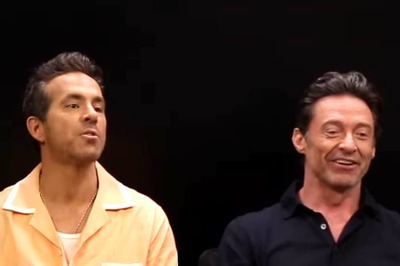

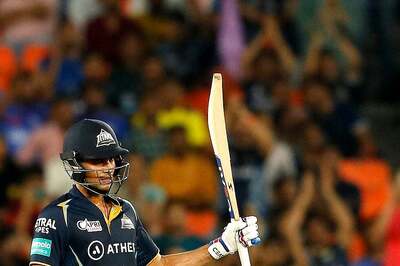

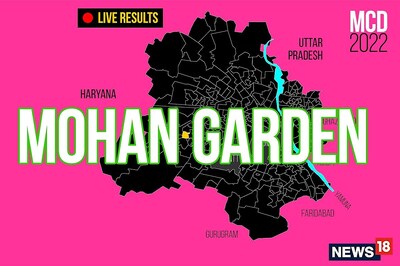
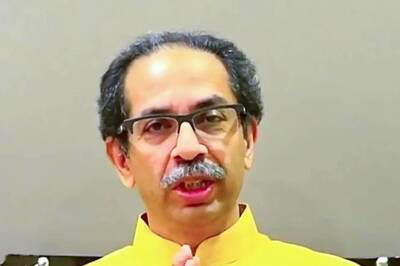
Comments
0 comment